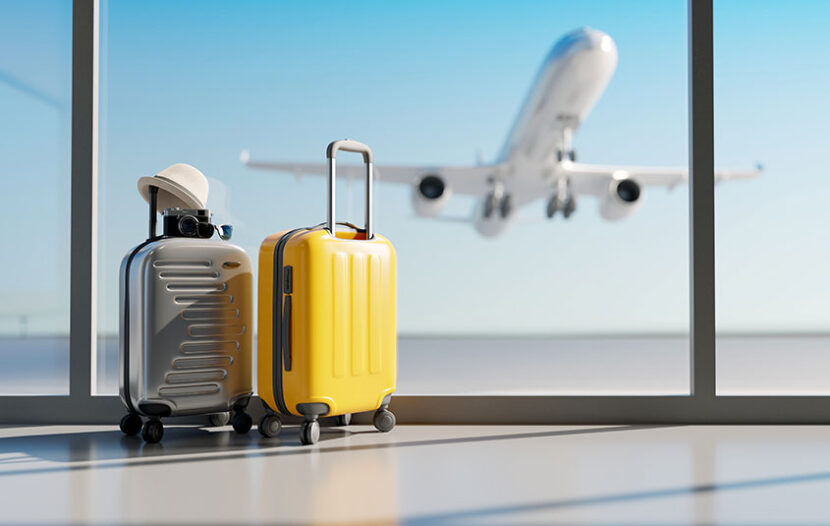TORONTO — Airfares are expected to remain broadly stable through 2026, according to the newly released Air Monitor 2026 from Amex GBT.
The annual forecast analyzes global airfare trends and provides insight to help organizations manage their travel programs in a shifting airline landscape.
While business travel demand remains resilient, airlines have limited room to raise fares due to economic pressures and high operating costs. Instead of broad fare increases, carriers are focusing on premiumization and continuous pricing to drive revenue growth.
“Anticipated price stability creates both opportunities and new considerations,” said Dan Beauchamp, VP Consulting, Amex GBT. “Airlines are expanding their offerings through new products and pricing models, giving businesses more choice but adding opaqueness to travel program management. To maximize value, businesses will need to stay agile and look beyond fares to proactively manage their suppliers and understand how best to unlock value.”
IMPACT FOR CANADIAN TRAVELLERS
For Canada and the broader North American region, the Air Monitor forecasts flat pricing across key transborder and domestic routes:
North America ↔ North America: Business (-0.3%), Premium Economy (-0.2%), Economy (-0.5%)
North America ↔ Europe:
Business (+0.2%), Premium Economy (+1.8%), Economy (-1.5%)
North America ↔ Asia:
Business (0%), Premium Economy (-1.5%), Economy (-5.7%)
North America ↔ Middle East:
Business (+3.1%), Premium Economy (+3.8%), Economy (-0.9%)
The report notes that airlines are restoring capacity that was pulled back following a 70% drop in U.S.-Canada traffic in early 2025. With supply returning faster than demand, fares are expected to remain flat in 2026.
INTERNATIONAL ROUTES: MIXED OUTLOOK
Canada–Brazil and broader South America: Some routes may see fare decreases of up to 10%, driven by softer economy demand.
Canada-UAE and Canada-Saudi Arabia: Business-class fares may rise more sharply than the regional forecast, reflecting strong premium demand in the Middle East.
Transatlantic travel: Competitive pressure and returning capacity are expected to push economy fares down, while premium cabins show modest increases.
CANADIAN LABOUR SETTLEMENTS ADDING COST PRESSURE
The report notes that recent labour dispute settlements in Canada are contributing to upward pressure on airline operating costs heading into 2026. This forms part of the wider economic and operational challenges airlines face globally, including supply chain disruptions and the potential for renewed fuel price volatility.
‘PREMIUMIZATION’ CONTINUES TO EVOLVE
The report notes that airlines are expanding premium products and amenities, increasing the number of fare types and add-ons available to travellers: “Airlines are expanding their offerings to elevate the traveler experience and generate additional revenue streams, independent of overall fare levels.”
This trend includes greater emphasis on lounge access, preferred seating, bundled corporate fare packages and enhanced premium-economy cabins, important considerations for managing traveller expectations and costs.
When it comes to business travel, Air Monitor 2026 recommends that organizations …
- Actively manage airline contracts as carriers shift to more standardized, performance-based models
- Monitor fulfilment closely to maintain negotiated discounts
- Ensure broad content access, especially as NDC and continuous pricing evolve
- Leverage analytics and dashboards to track pricing patterns in real time
The report can be found here.

